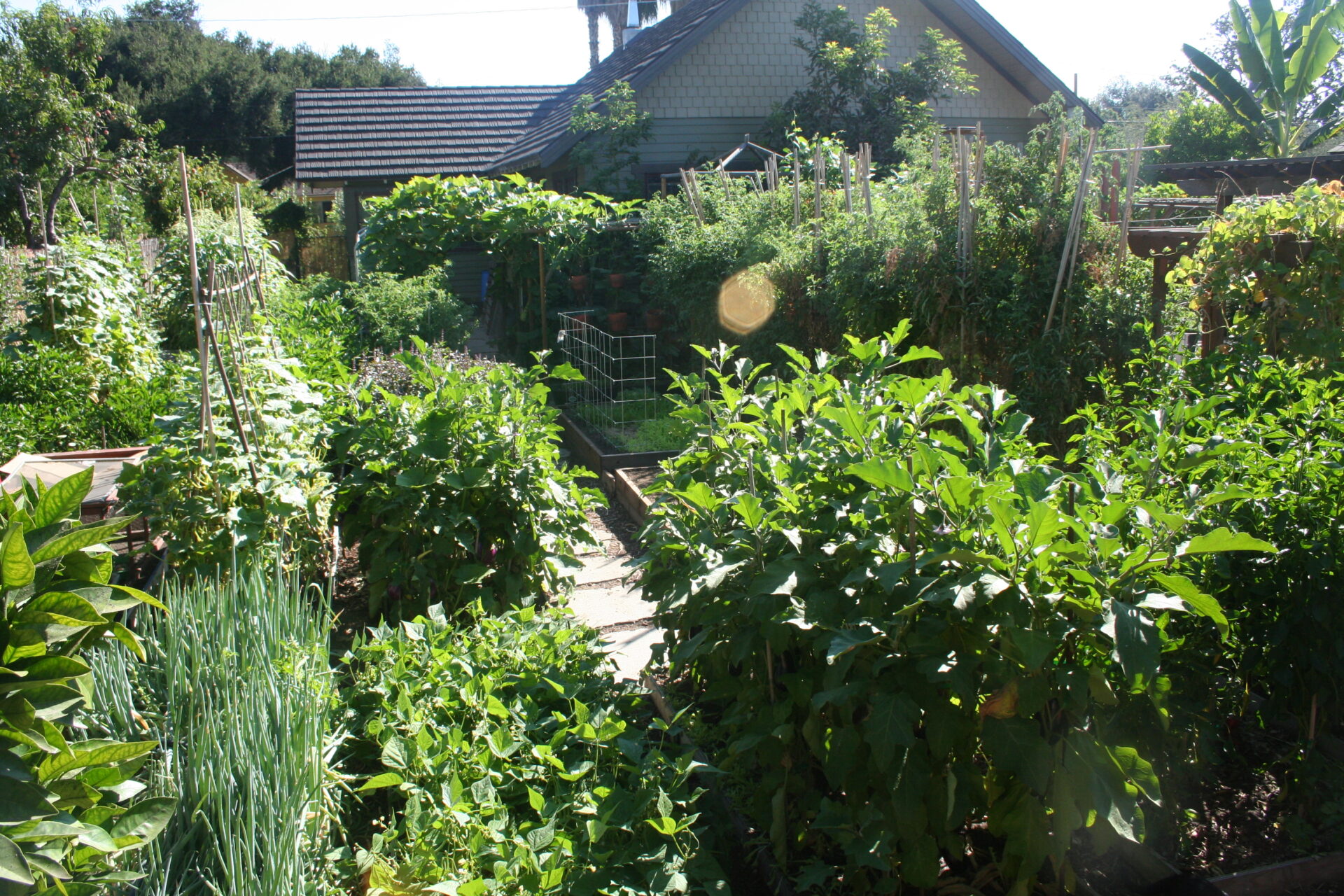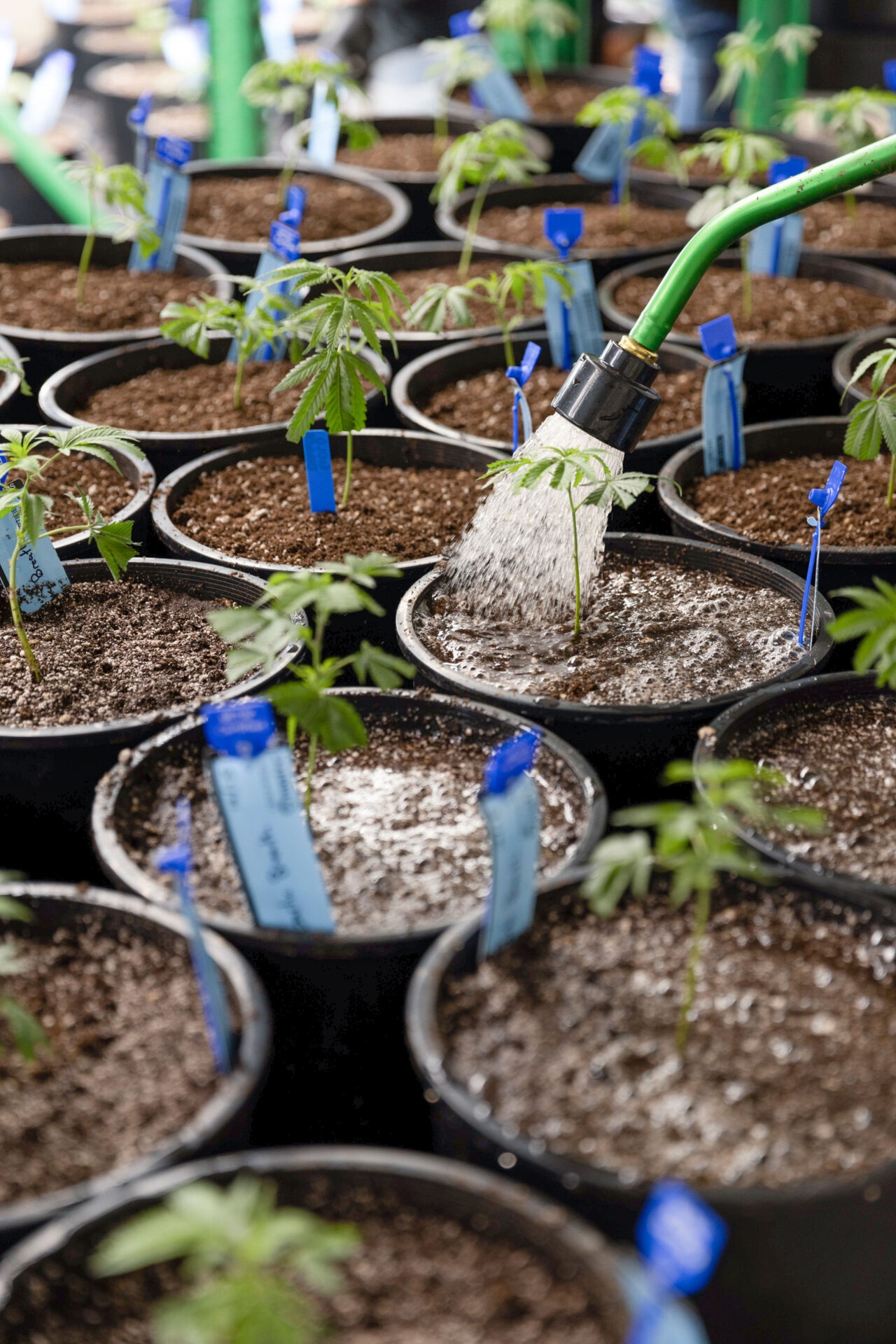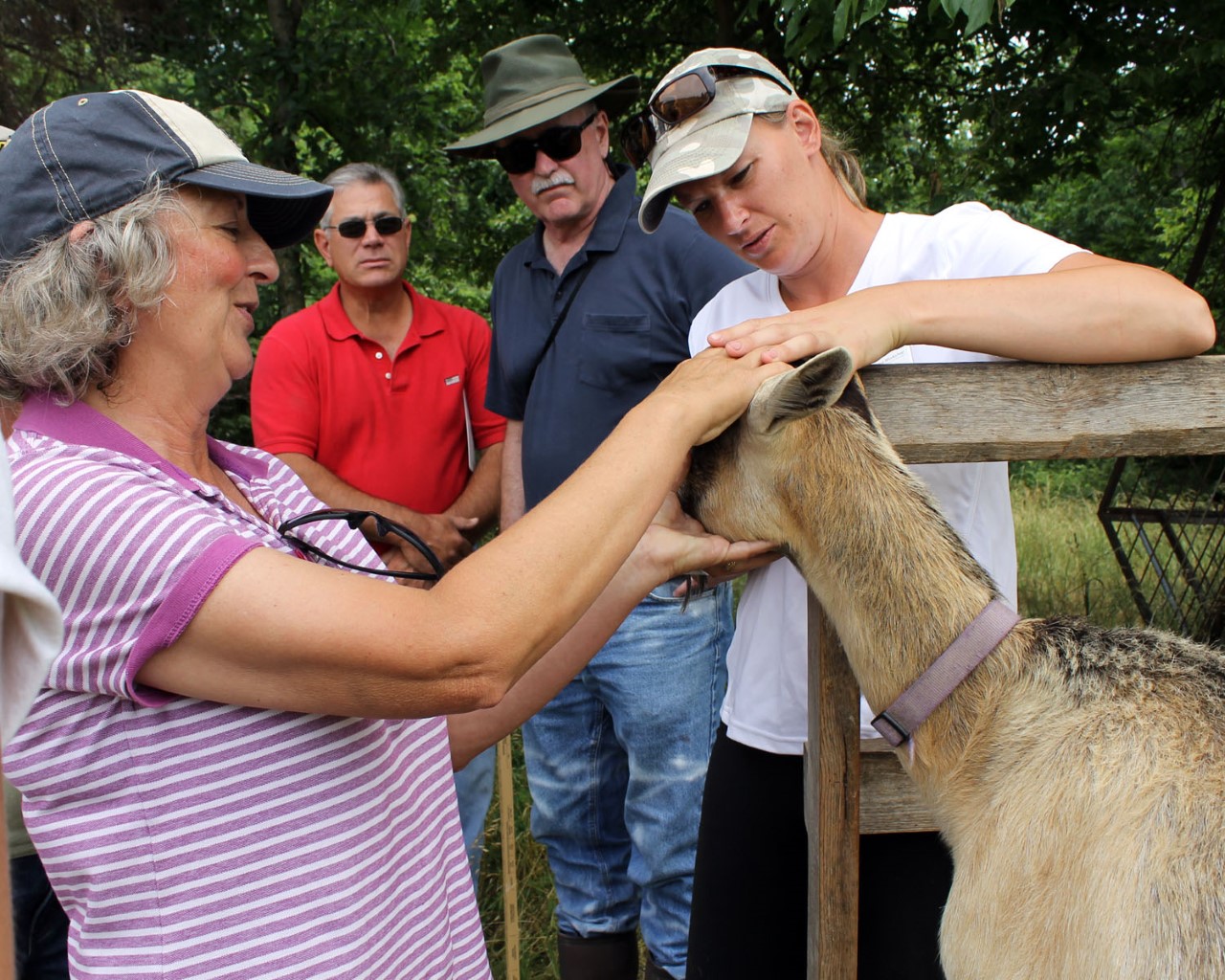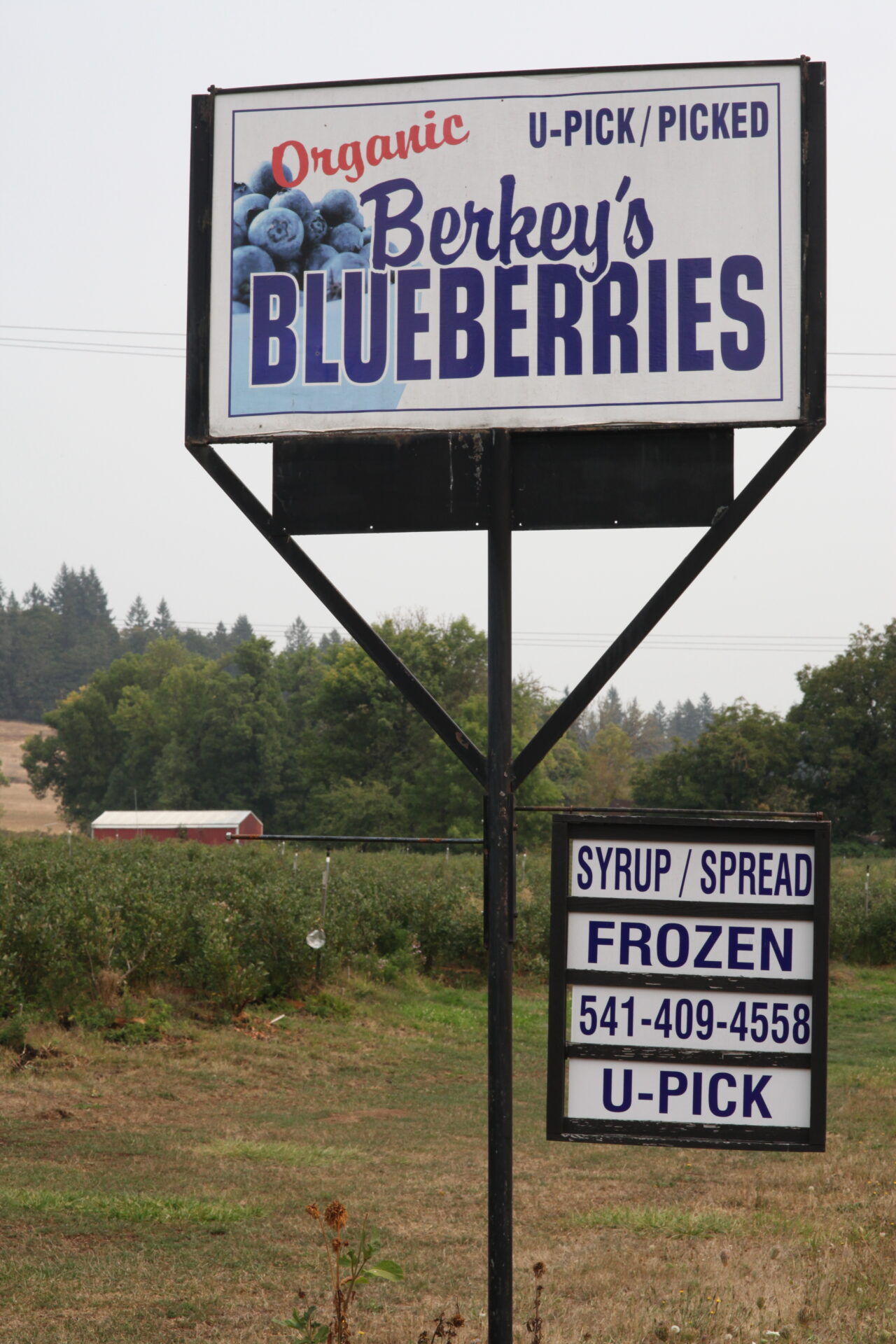
As California suffers from yet another period of extreme drought, it can be easy to forget how urban farmers are also affected in the larger scope of agriculture.
Urban farmers can suffer from many of the same consequences of drought as large-scale farmers. Issues that urban farmers encounter during drought (and even when drought is not severe) include water rationing, drought surcharges, and access to water infrastructure such as lines or meters. Many of these issues can be attributed to California’s uneven water landscape and decentralized water system as it pertains to municipal supply.
Uneven Water Landscape
A number of factors interact to create an uneven water landscape for urban farmers and gardeners, according to UCCE Urban Agriculture and Food Systems Advisor Lucy Diekmann, and these factors become even more complicated during drought.
Diekmann said a key factor of California’s uneven water landscape is its decentralized water system, noting that most water for urban agriculture comes from municipal sources and is frequently more expensive than other non-potable sources of irrigation water. “During drought, urban water restrictions are likely to apply to farms and gardens using municipal water,” she said. “These could have a large impact on urban farms’ operations if they have to ration water or limit watering to certain days and times.”
A case study led by Diekmann published in 2017 looked at how urban agriculture in Santa Clara County was affected by drought. An important finding of the study, which can be found at tandfonline.com/doi/abs/10.1080/13549839.2017.1351426?journalCode=cloe20, showed that some urban farmers connected to non-municipal water supplies, such as wells, experienced water shortages.
“One farm’s well ran dry, forcing them to end their season early,” Diekmann said.
Farms that were connected to the municipal supply had more reliable water, she said, but were concerned about their ability to afford much higher water bills if water rationing or drought surcharges took effect.
In Santa Clara County, there are 13 different water retailers providing water across 15 cities. Each water retailer, Diekmann said, adopts their own price structure and water rates and is responsible for creating and implementing their own drought management plan.
“Depending on where a farm is located, farmers can pay very different amounts for water and need to adopt different drought-related measures,” she said. “In Santa Clara County, water retailers also have the option to offer a discounted rate for agricultural water use. During the last drought, however, less than a third of retailers offered this rate to their customers, so, again, an urban farm’s ability to take advantage of this discount is highly dependent on location.”
This is only one example of the unevenness in urban water landscapes. Other examples center on inconsistent water costs varying with agencies hosting urban farms, whether parks, school or utility districts, faith-based institutions or other organizations, and details of their land use agreement(s).
Diekmann also said that many urban farms and gardens are supported by city and county departments, educational institutions, nonprofit organizations and others who help them access both land and water. These supporters, she said, can have a big impact on a farm’s operation depending on whether they choose to absorb or pass on conservation requirements and extra water costs in a drought.
“This is also where opportunities for innovative policies among urban food systems policy makers remain,” said UCCE Urban Ag & Food Systems Advisor Rob Bennaton. “If urban growers cultivating crops beyond their own personal and family needs are managing lands in ways that preserve soil and water resources while increasing food security and environmental quality, should those costs for growing crops be at municipal or residential water rates?”
Indeed, water is becoming more expensive. “Some may be better able to manage changes, at least over the short-term, while others may not have the necessary resources to tide them over,” Diekmann said.

Cooperative Solutions
In order to change the uneven water landscape for urban farming in metropolitan cities and improve water access during periods of drought, organizations, local governments and urban farmers must all contribute.
Diekmann suggested offering a discounted water rate for urban agricultural uses as one way local governments can help to improve access to water for urban farms. Bennaton agreed with supporting discounted or reduced rates, given the proven social and environmental benefits of urban farming.
Another way to improve access, according to Diekmann, is to offset the cost of installing needed water infrastructure, such as water lines or meters, at urban farm and garden sites.
“On sites that do not already have water lines or a water meter, paying to have them installed can cost thousands of dollars,” Diekmann said, noting that the city of San Francisco has several model programs in this area while also providing tools for calculating a water budget and encouraging training on efficient irrigation. Additional information about the program can be found at sfpuc.org/programs/grants.
Improving Efficiency
Educational opportunities abound to learn practices for conserving water, including workshops and webinars by UCCE Master Gardener Program, and also the Qualified Water Efficient Landscaper (QWEL) training program for professionals. Over the long-term, municipalities could consider opportunities to develop or extend alternative water sources, like recycled water, to urban agricultural users, she said.
As for what urban farmers can do to mitigate the effects of drought and reduce water usage, practicing efficient irrigation management is key. Soil health practices, such as applying compost or mulch, can increase the soil’s water holding capacity, and using drip irrigation can also save water for plant growth.
Bennaton added, “Mulch and drip irrigation can also minimize soil upsplash onto undersides of leafy green vegetables, helping keep food safe when growing crops in variable urban soils.”
Diekmann noted that many urban farmers, including the ones in the Santa Clara County case study, already emphasize water conservation whether there is a drought or not. “In our study, 100% of farmers were already using drip irrigation,” she said.





